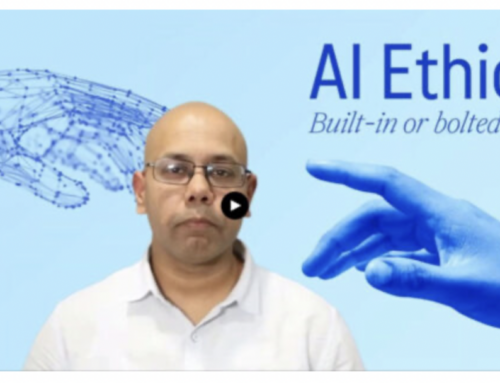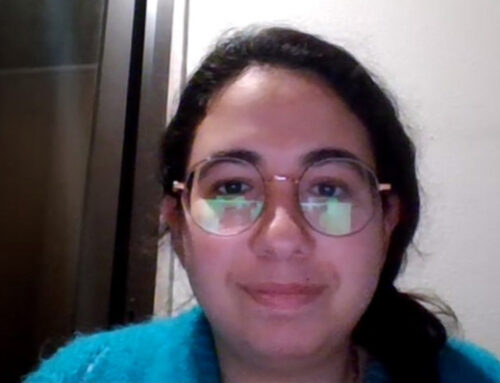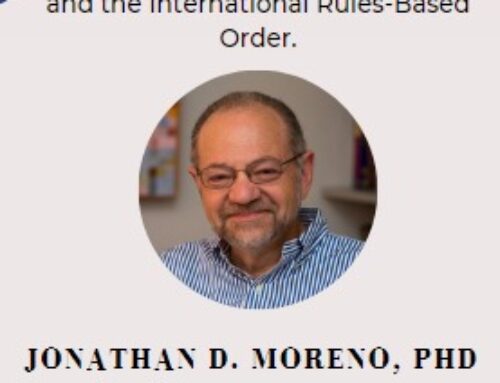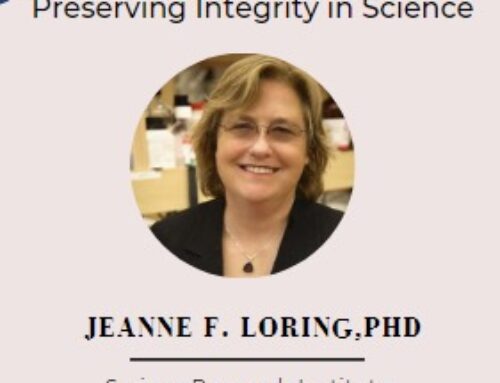By Caroline Song
Within the United States today, about 119,000 people are waiting for an organ transplant. In the brief expose, “Organ Transplants May be Issued Due to Residence” by Margot Kim, touches on the possibly restrictive measure that current standards for organ procurement can have on potential recipients. The United States is split into 11 regions that will constitute where those organs will be transplanted. The 11 regions are listed as:
1. Connecticut, Maine, Massachusetts, New Hampshire, Rhode Island
2. Delaware, Maryland, New Jersey, Pennsylvania, Washington D.C., West
Virginia
3. Alabama, Arkansas, Florida, Georgia, Louisiana, Mississippi
4. Texas, Oklahoma
5. Arizona, California, Nevada, New Mexico, Utah
6. Alaska, Hawaii, Idaho, Montana, Oregon, Washington
7. Illinois, Minnesota, North Dakota, South Dakota, Wisconsin
8. Colorado, Iowa, Kansas, Missouri, Nebraska, Wyoming
9. New York, Vermont
10. Indiana, Michigan, Ohio
11. Kentucky, North Carolina, South Carolina, Tennessee, Virginia
It should also be noted that according to the Center for Organ Recovery and Education, CORE, that heart and lungs are viable for 4-6 hours once removed from the body, the liver for 18-24 hours, and the kidney for 48-72 hours.
Kim’s article highlights Matthew Rosiello, an individual who was in need of a liver transplant. Rosiello is a New York state resident and listed within region 9, however region 9 only consists of New York and Vermont. Metropolitan areas are also known to have longer waiting periods for organ transplants. Rosiello managed to multi-list in Ohio and Connecticut. This increased his chances for an organ donation to three regions with a total of 10 states instead of just the 2 had he only listed within his state of residence. However, it should be noted that the ability to multi-list requires money, time and the individual’s ability to travel to the center when the organ becomes available. A kidney or liver offers a larger window for travel, whereas the heart or lungs is much more limited.
Lewis Teperman, MD, Director of Transplantation and Vice Chair of Surgery of New York University, Langone Medical Center, believes that the current system is too restrictive by using state borders with the separate regions. He instead advocates a system that works more as concentric circles that are better organized in terms of distance, time, and population. This could increase the ability of centers to transplant in more patients. The concept is certainly up for debate and is worth researching.
Read more here.







